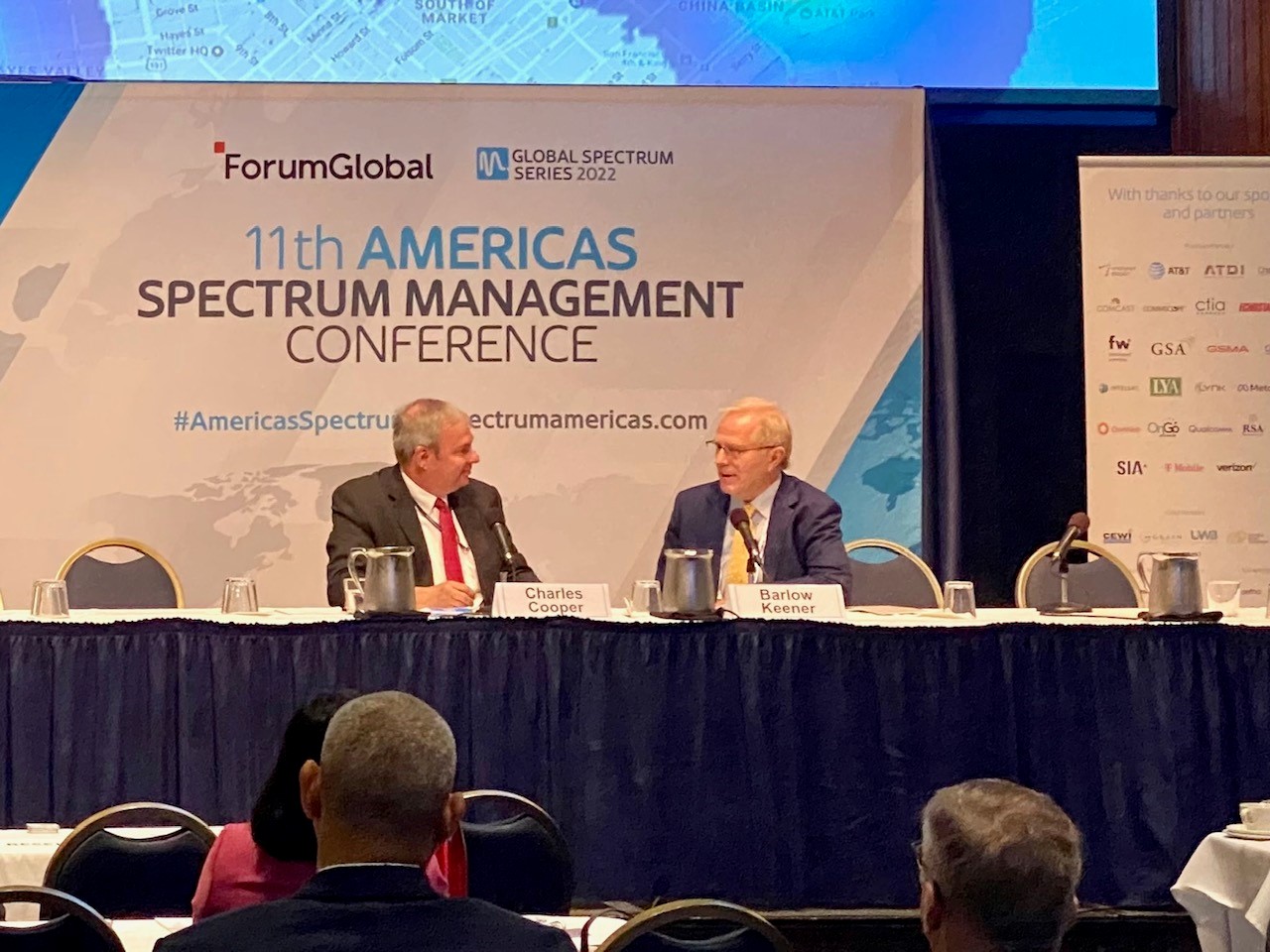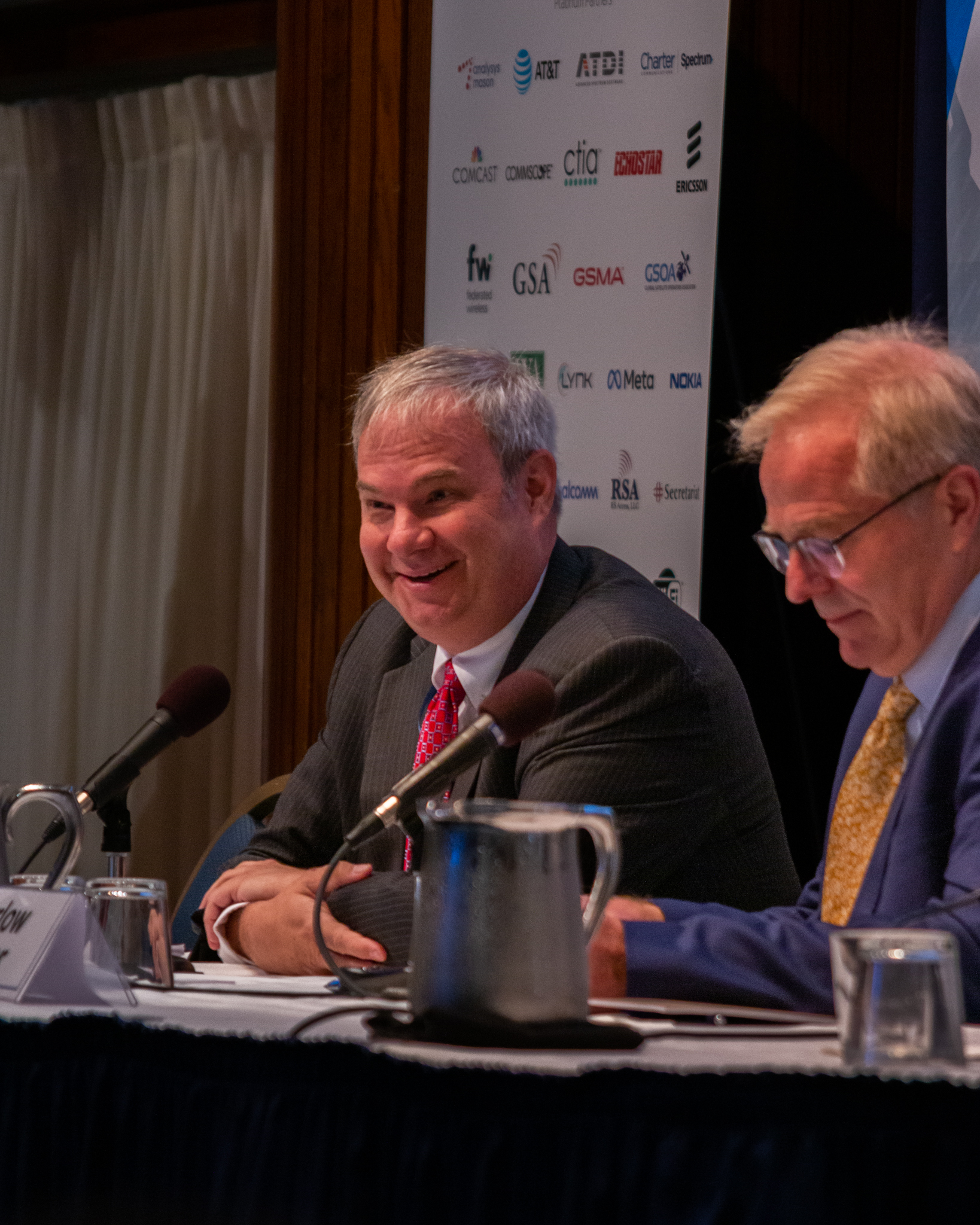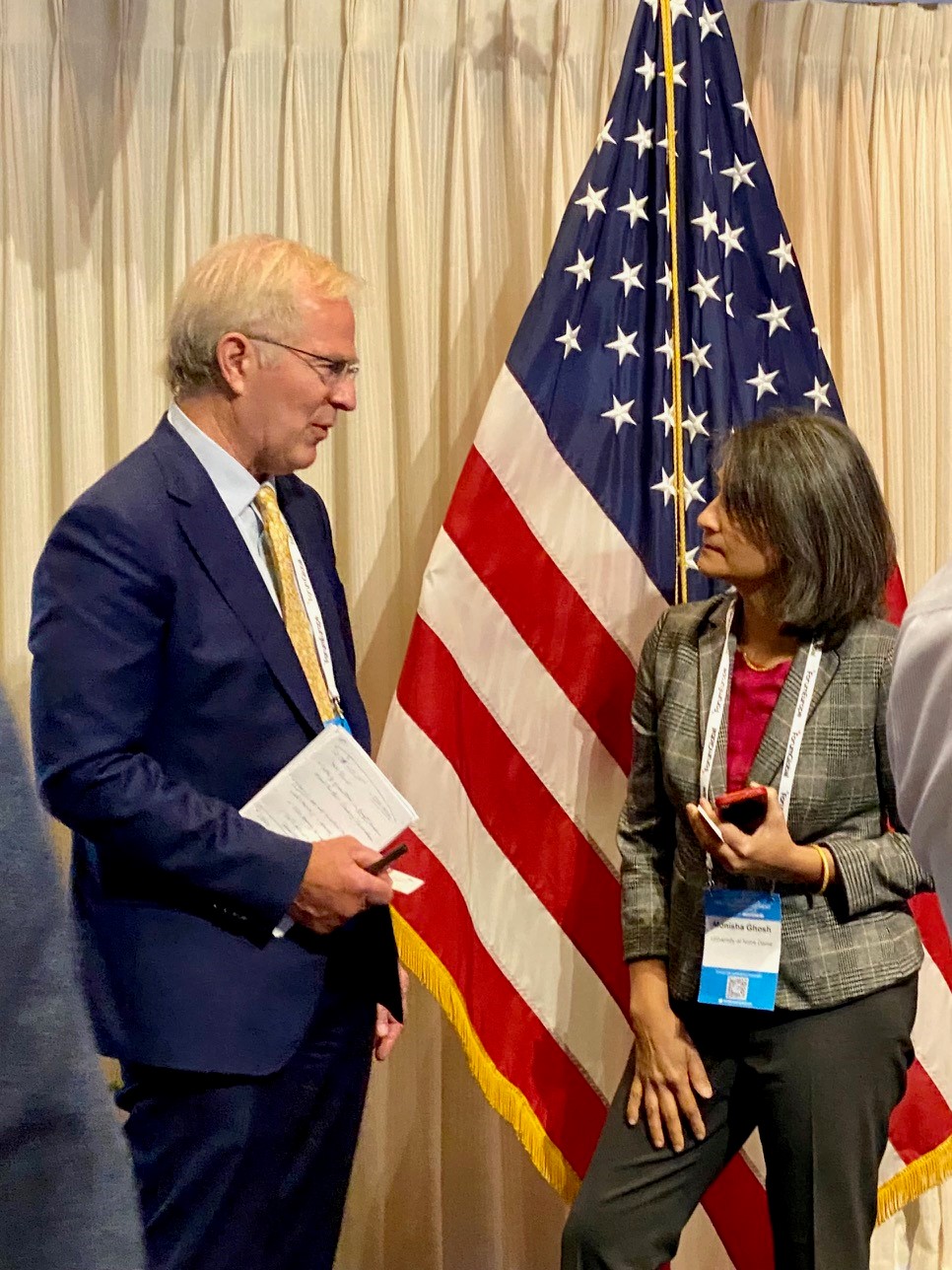Womble Bond Dickinson attorney Barlow Keener moderated a panel discussion titled “Avoiding Harmful Interference: Are Current Interference Standards and Protection Sufficient in the 5G Era?" at the 11th Americas Spectrum Management Conference. Presented by ForumGlobal, the conference took place Oct. 11-12 in Washington, D.C. Womble Bond Dickinson attorneys Marty Stern and Bob Silverman also represented the firm at the event.
The recent debate regarding potential interference between 5G operators in the C-band and altimeters has raised the profile more broadly of interference avoidance, and the current standards and protection that are in place to protect users. With 5G rollout continuing and the increased focus on spectrum sharing and unlicensed models meaning that bands are increasingly being occupied by more than one technology type, the need for a robust and reliable interference avoidance framework is greater today than ever before.
This session explored the framework and processes that are in place to govern interference avoidance and management, and the extent to which they are still appropriate in the fast-evolving ecosystem that is seen today. The panel discussed the possible regulation of technical specifications for radio receivers that is being explored by the FCC, and more broadly at the work that is being done to ensure the protection of spectrum users and services everywhere. Specific questions addressed included:
- What is the current process in place to address any potential interference issues, and how can agencies and government bodies work together to ensure that there is confidence in the way this is being done?
- What should interference standards and protection look like? Are current interference limits and ‘harm claim’ thresholds at the right level to ensure the protection of users while also enabling the most efficient use of the available spectrum?
- Are there specific interference challenges raised by 5G and other future network technologies? How can it be ensured that the protection framework that is in place is future-proof, and suitable for the technologies of tomorrow as well as today?
- How do approaches to protect against interference that are seen in the US and Canada compare with those elsewhere around the world?
- What examples of different operating conditions and rules have been used to enable the introduction of new services into frequency bands with existing incumbent users in the same band or adjacent band? To what extent have these proved successful?
- Should the FCC regulate the technical specifications for radio receivers in the same way as they do for transmitters? If so, then under what circumstances would this be required?
- In cases such as this where there may be a requirement to upgrade or replace legacy equipment to avoid interference, who should cover the costs?
Womble Bond Dickinson was a Gold Partner in presenting the 11th Americas Spectrum Management Conference.













